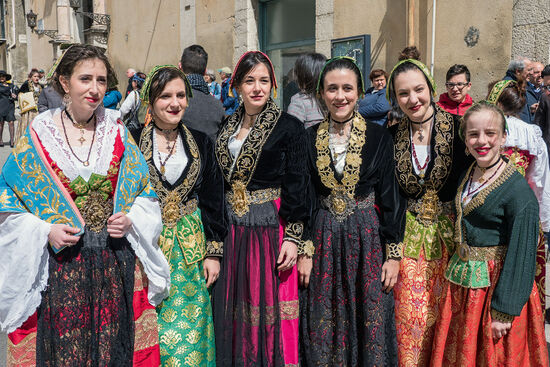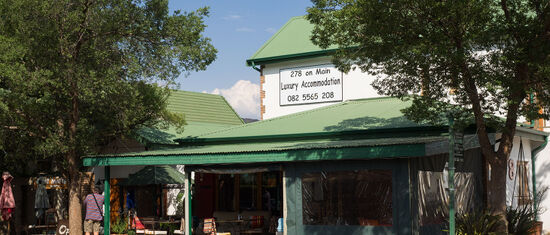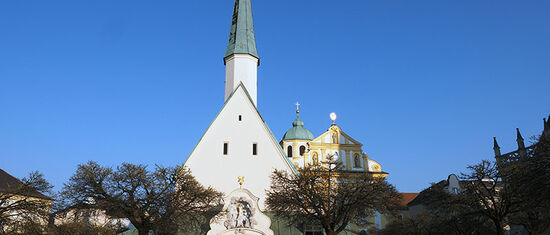We were sitting in a Sicilian café discussing artichokes, not from a culinary perspective, but a linguistic one. Instead of carciofi, as they are known in standard Italian, we wondered if the Sicilian word was closer to the Spanish alcachofas.
Our two local friends at the table exchanged a quick glance before checking that their dialectal variants of Sicilian shared the same word. This one fleeting look between an islander from the north coast and one from the south was redolent of Sicily’s history and its percolating layers of language. Naturally enough, Palermo and Catania, the island’s two major cities, have their own linguistic varieties of Sicilian — a language which, for political reasons, is itself dubbed a dialect by the Italian state. Delve deeper into the mountainous interior and Sicilian fractures into even smaller shards of distinctive vocabulary.
In some instances, the distant past leaves a deep linguistic footprint. In the province of Messina, in the north-east quadrant of the island, San Fratello still retains the Gallo-Italic tongue brought to Sicily by Lombard settlers in the eleventh century. This is evident in the town’s alternative name of San Frareau. The thread that runs through all these dialects and the “right kind of Tuscan” — as Lord Byron called standard Italian — is of course Latin.
Approximately 25 kilometres to the south of Palermo lies the town of Piana degli Albanesi and the first thing to strike the casual visitor who passes the comune’s boundary line is the customary sign announcing the name of the settlement. Underneath the Italian are the words Hora e Arbëreshëvet with the diaereses hinting at altogether different origins. Clearly, the clue is in the word Albanesi, but even that is not as simple as it would first appear.
Early Refugees
Until 1941, the town was known as Piana dei Greci (the Plain of the Greeks). Mussolini, who had already in 1927 felt the need to return Girgenti to the classical Latin, Agrigento, was suitably persuaded that Piana had nothing to do with Greece and should not bear its name. Consequently, Piana became the Plain of the Albanians, reflecting the ethnic origins of the first settlers, rather than the Greek religious rites and practices they maintain to this day.
So how is it that there’s a community of Albanian origin in Sicily? In the late fifteenth century, a group of Albanian refugees fleeing the Ottoman advance in the Balkans, was given land and permission to settle permanently in the mountainous terrain behind Palermo. As troops moved forward in waves from Constantinople, it was not unusual to find displaced populations forced to make a new life in a new location.



